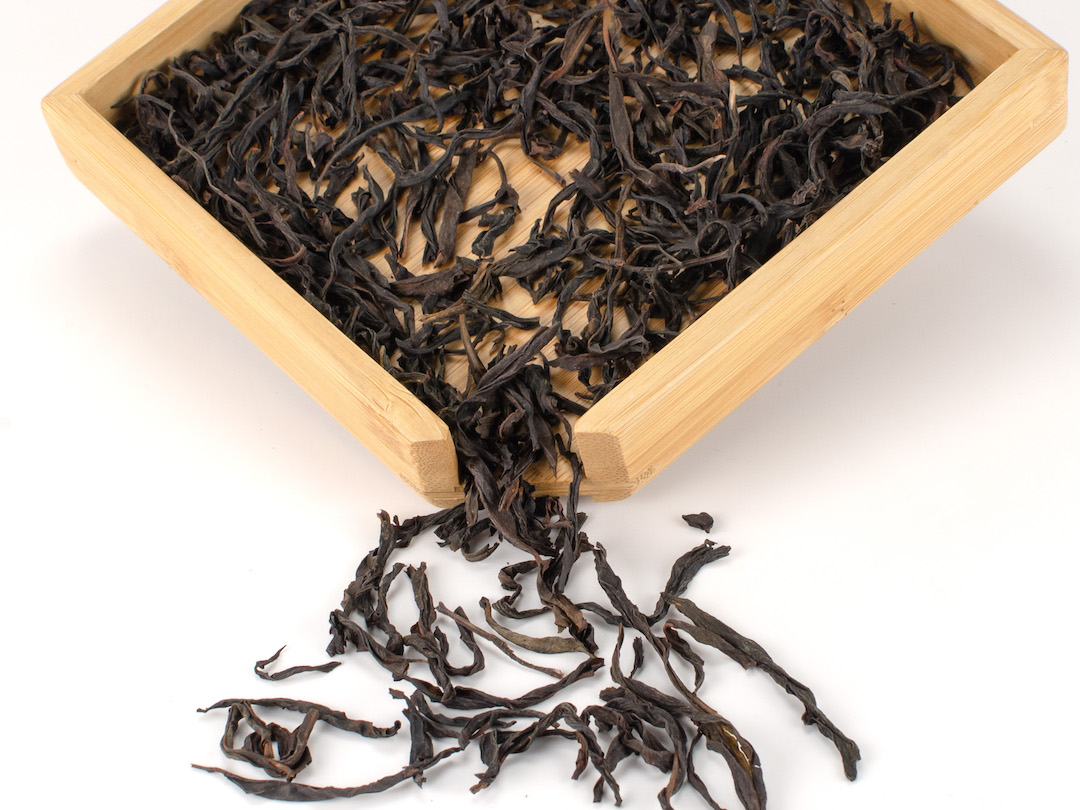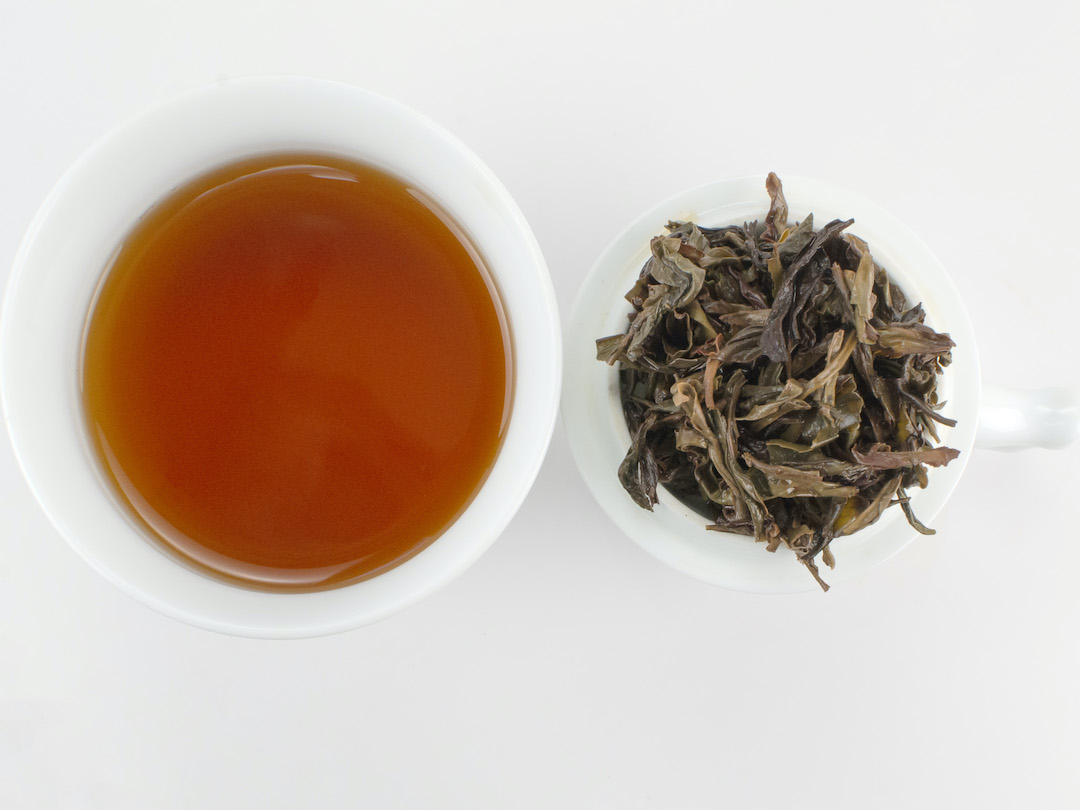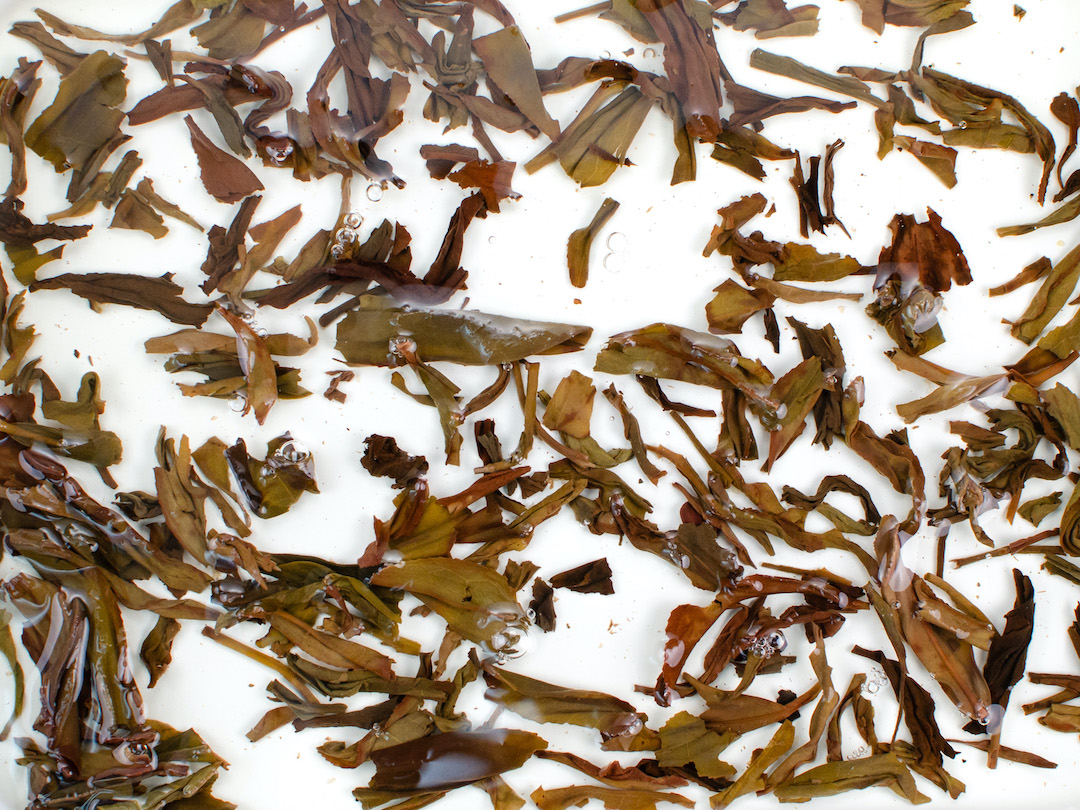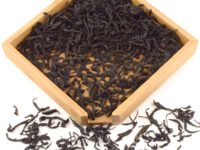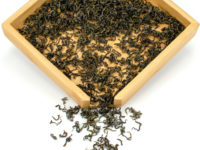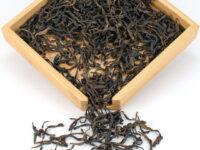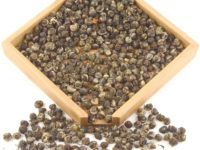Fenghuang Dan Cong (Sky Feather)
Dan Cong Wulong Tea 2025
Sky Feather captures the essence of Phoenix Mountain Dan Cong Wulong’s unique style in its blend of Fenghuangshan’s many tea bushes. It brews rich, complex, and sweet with character of different cultivars gently emerging through the caramelized aroma of its roast.
$16.50
- Tea Origin
- Wu Dong Mountain, Phoenix Mountain, Chaozhou City, Guangdong Province, China
- Tea Bush
- Baiye Dan Cong (White Leaf Dan Cong), Ya Shi Xiang (Duck Sh*t), Fenghuang Shuixian (Phoenix Mountain Narcissus Heirloom Tea Bush), other Dan Cong
- Tea Maker
- Ye Hanzhong
- Harvest Time
- Mid-April
- Plucking Standard
- Zhong kai mian
Sky Feather is made from a blend of Phoenix Mountain’s many tea cultivars. This is atypical for a Dan Cong wulong tea, which are usually made from a single variety of tea bush. Much like the famous Da Hong Pao rock wulong from Wuyishan, Sky Feather’s complex blend is intended to represent the overarching character of the unique Dan Cong wulong style that originated in this region of Guangdong Province.
The Master of Gongfu Tea
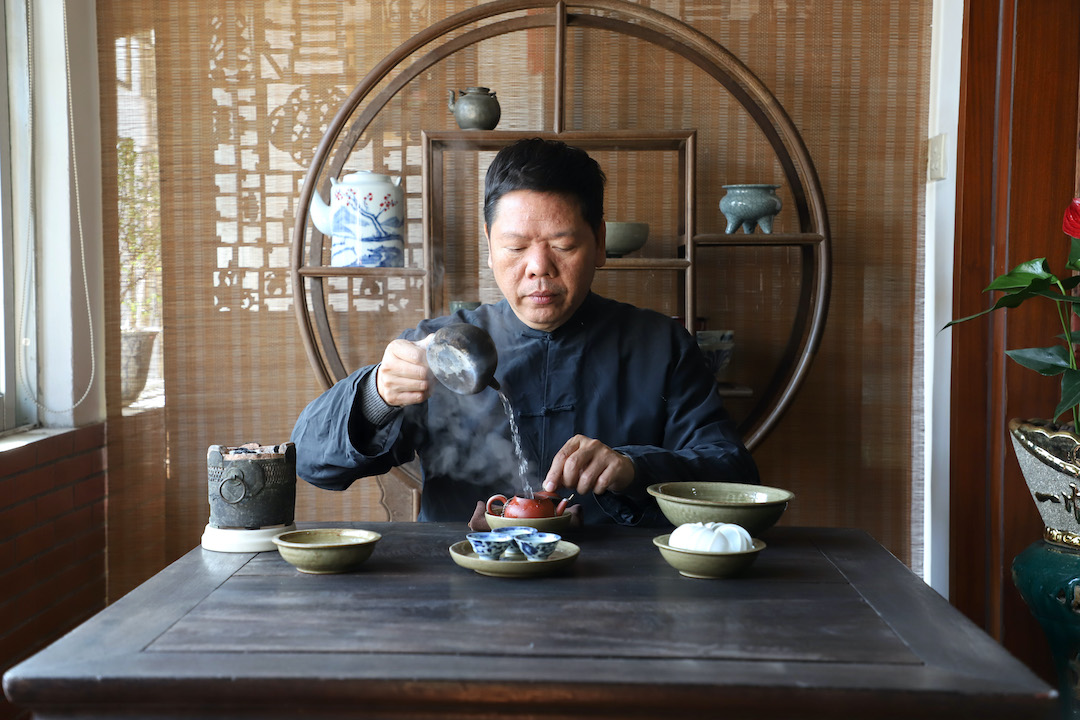
Seven Cups has worked with Sky Feather’s maker, Mr. Ye Hanzhong, since 2006 in the early days of the business. Old-time customers may remember his old Ye Fang (Wild Bush) Dan Cong wulong that we used to carry. He is a highly skilled tea maker who has been recognized at the national level with the title of Inheritor of Intangible Cultural Heritage, awarded by China’s Ministry of Culture. He is recognized in particular for his extensive knowledge of gongfu cha (gongfu tea), the iconic style of tea preparation originally invented here in the Chaozhou region.
Chaozhou – The Home of Gongfu Tea
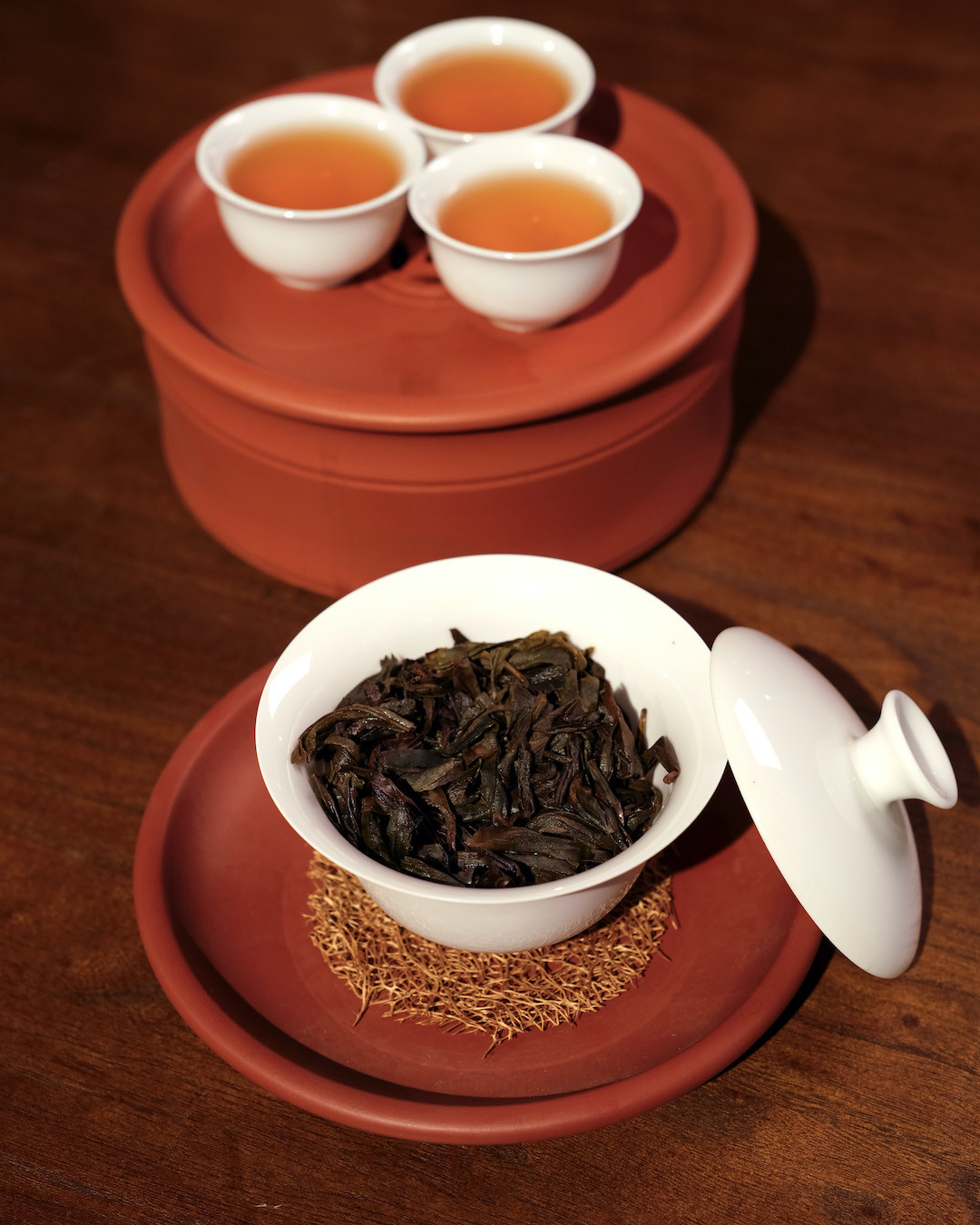
Chaozhou City lies in the heart of China’s southeastern coast, a region both populous and historically isolated by geography and language. As a great center of Cantonese tea culture, it is the cradle of gongfu tea, a method of tea preparation rooted in the customs of Chaozhou’s people and how they like to brew their singular style of wulong tea: Dan Cong Wulong.
Traditional gongfu brewing uses a large quantity of tea leaves (usually at least 8 grams) brewed in a small gaiwan or clay teapot. Using so much tea in such a small amount of water allows you to infuse the leaves for a very short time while still getting good flavor. In gongfu brewing, you will make many short infusions of the same leaves – sometimes a steep only lasts a few seconds! Brewing the tea this way highlights the way the tea’s flavor gradually changes as the leaves open up more fully.
Typically, people in Chaozhou serve three very small cups of tea at a time when brewing tea gongfu style and drink the whole cup while it’s still piping hot. This coats the whole mouth and throat with the fragrance of the tea.
While gongfu service was originally done with Dan Cong teas, the method has since spread and become popular with many other styles of tea, especially Wuyi rock wulong. According to Mr. Ye, you can brew any kind of tea gongfu style. It’s a wonderful way to explore the intricacies of a tea and deeply engage with the leaves.
The Legend of Phoenix Mountain
The namesake of Phoenix Mountain is a legend from the last years of the Song Dynasty. As the legend tells, a young Song Dynasty emperor and his officers were being chased by Mongolians attacking from the north. They were forced to travel for a long time and pass through this mountain range. The emperor was very thirsty, but had no water to drink. Then a bird flew overhead and dropped tea leaves and seeds into the emperor’s hands. His servant instructed him to chew the leaves to quench his thirst. The emperor did so and was refreshed. He pronounced the tea a treasure sent to him by the legendary phoenix. By this legend, the mountainous region was named in the bird’s honor. This tea’s name “Sky Feather” also comes from this legend.
Wu Dong in the Phoenix Mountains
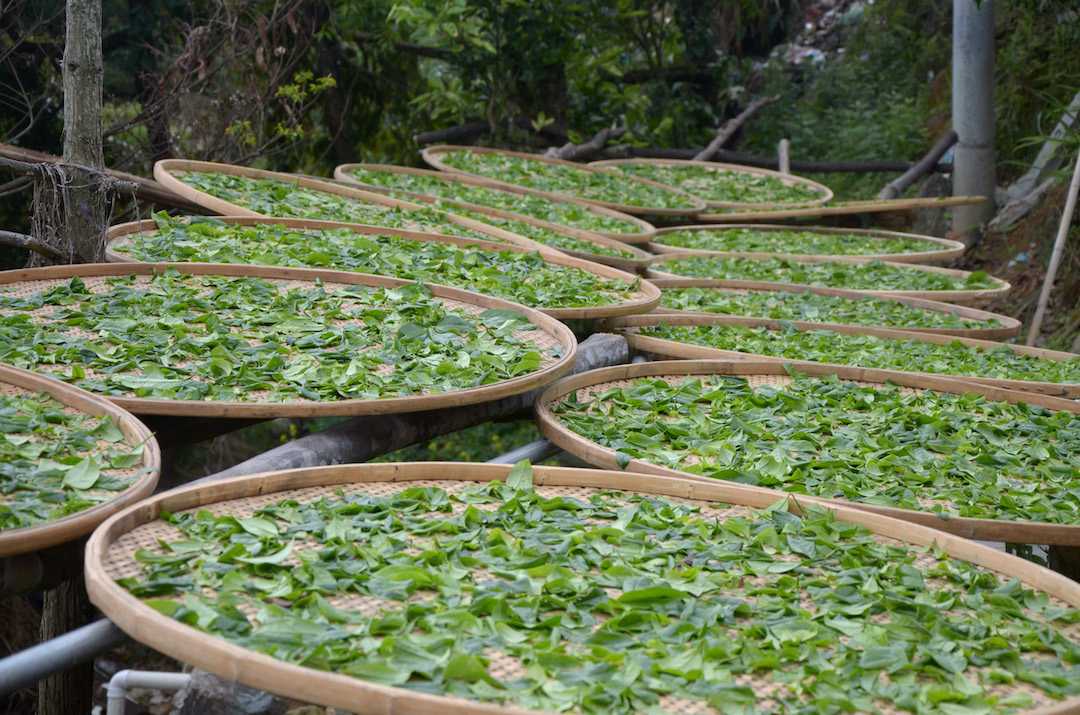
According to Chaozhou’s local history, the nearby Phoenix Mountain was first cultivated for tea production over 600 years ago. The tea region known as “Phoenix Mountain” is actually a very large mountain range that has many different peaks within it. The tallest peak, Wu Dong Mountain, is where the region’s tea history began. Unlike the rest of the mountain range, on Wu Dong there are still thousands of mature tea bushes that are estimated to be over 100 years old. The oldest of these bushes is the mother bush of the Huang Zhi Xiang (Yellow Sprig) variety. The mother bush is six meters tall and about 600 years old. Old bushes like these have large tree-like trunks and deep root systems, and they are locally referred to as “half-tree” tea bushes. The tea brewed from their leaves bears resemblance to the robust and concentrated quality of old tree Puer tea from Yunnan.
The climate here is tropical, bordering on subtropical, and the yellowish-red soil is rich and fertile.
The Four Wulong Origins of China
Historically, four different regions in China developed their own techniques for making wulong tea. These included the Wuyi Mountains in northern Fujian Province, Anxi County in central Fujian Province, the island of Taiwan across the ocean strait from Fujian, and Chaozhou City near the coast between Fujian and Guangdong Provinces. Nowadays, there are many tea regions that produce wulong tea, but these four regions were the first. Chaozhou City is recognized for producing its distinctive Dan Cong wulong tea.
Learn more about how Dan Cong wulong tea is made here.
No chemical fertilizer, pesticide, or herbicide was used in the production of this tea. Click here to read more about our promise to fair trade and the environment.

